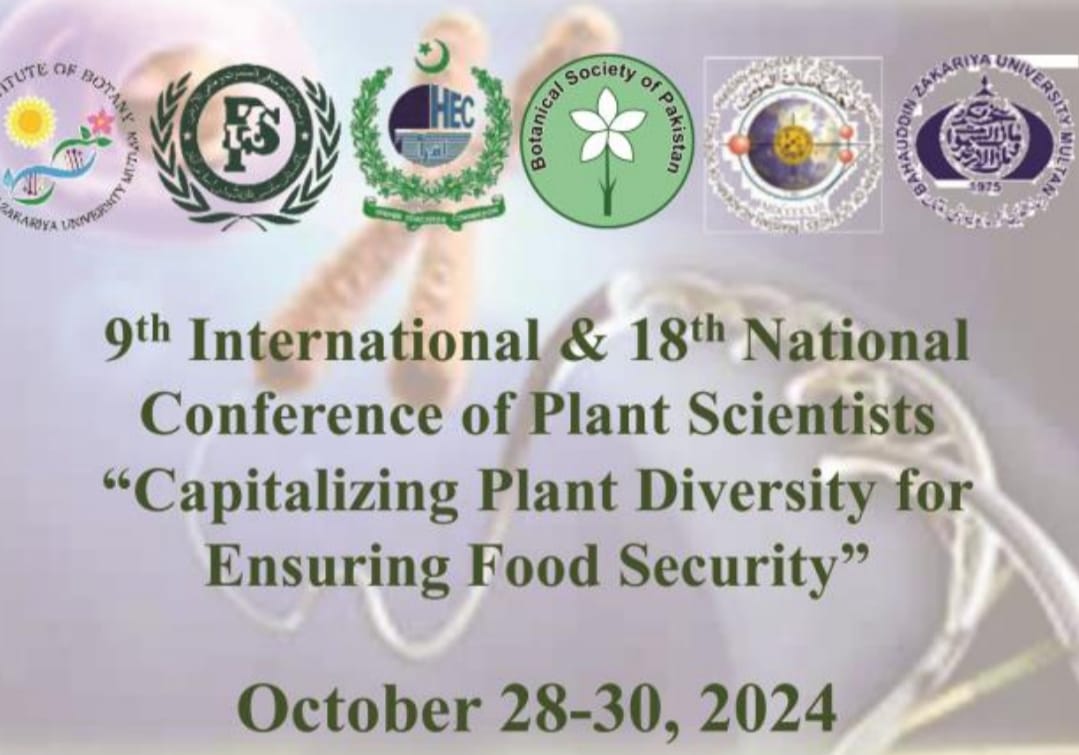PJB-2021-270
Genetic diversity for production traits in hot chilli (Capsicum annuum L.)
Israr Ahmed, Nausherwan Nobel Nawab, Rehmat Kabir, Fida Muhammad, Anisa Intikhab, Attiq Ur Rehman, Muhammad Zakariya Farid, Ghulam Jellani, Shahid Nadeem, Waleed Quresh, Mohsin Ali, Muhammad Mazhar Hussain and Irslan Ali
Abstract
Genetic diversity is the basis of generating new innovations. Nowadays there is great tendency towards the usage of hybrid technology especially in vegetable crops. In hot chillies, only a few commercial hybrids are known which are being marketed at high prices. The indigenous and high yielding hybrid development in hot pepper is a novel approach to boost the national yield along with its fair availability to the masses at low prices. The study reported herein regarding the genetic variability in chillies has triggered the hybrid vigour model. The performance of twenty two different hot chilli (Capsicum annuum L.) genotypes including the indigenously developed hybrids along with elite lines and commercial hybrids were studied to find out genetic diversity for the production traits. Noteworthy, significant statistical differences were found for all the parameters showed existence of adequate variation. The fresh fruit yield of the locally developed chilli hybrid CH-15140 remained on the top (141.4 t/ha) and was found significantly higher than the other local and international hybrids and varieties. However, the international hybrids such as Bonanza and Atlas Imp also performed well with the fruit yields of 119.5 t/ha and 102.2 t/ha respectively. Not only high (GCV) and (PCV) were estimated for traits viz; single fruit weight (81.3 and 83.2%), yield per plant (31.8 and 32%), fresh fruit yield per hectare (31.8 and 32%) and fruit length (29 and 29.1%) but also high heritability (≥95%) along with high genetic advance (≥40%) denoted actuality of considerable variability, with minimum engrossment of the environmental factors which may be exploited through selection for better advancement. Highest fresh fruit yield was mostly achieved by the early maturing genotypes as evident from their significant but negative values of correlation coefficients both at the genotypic (-0.38) and phenotypic (-0.33 levels). Seeds per fruit and pericarp thickness significantly but positively contributed towards fresh fruit yield. Cluster analysis identified two main clusters viz., Cluster I with only one genotype (CH-15140) while Cluster II with two sub- clusters; II-A and II-B. Diversity analysis, showed distinctiveness of eight genotypes from all other twenty-two genotypes which can be further improved through breeding for the development of high quality and high yielding chilli genotypes
To Cite this article:
Ahmed, I., N.N. Nawab, R. Kabir, F. Muhammad, A. Intikhab, A.U. Rehman, M.Z. Farid, G. Jellani, S. Nadeem, W. Quresh, M. Ali, M.M. Hussain and I. Ali. 2022. Genetic diversity for production traits in hot chilli (Capsicum annuum L.). Pak. J. Bot., 54(6): DOI: http://dx.doi.org/10.30848/PJB2022-6(10)
Download PDF


